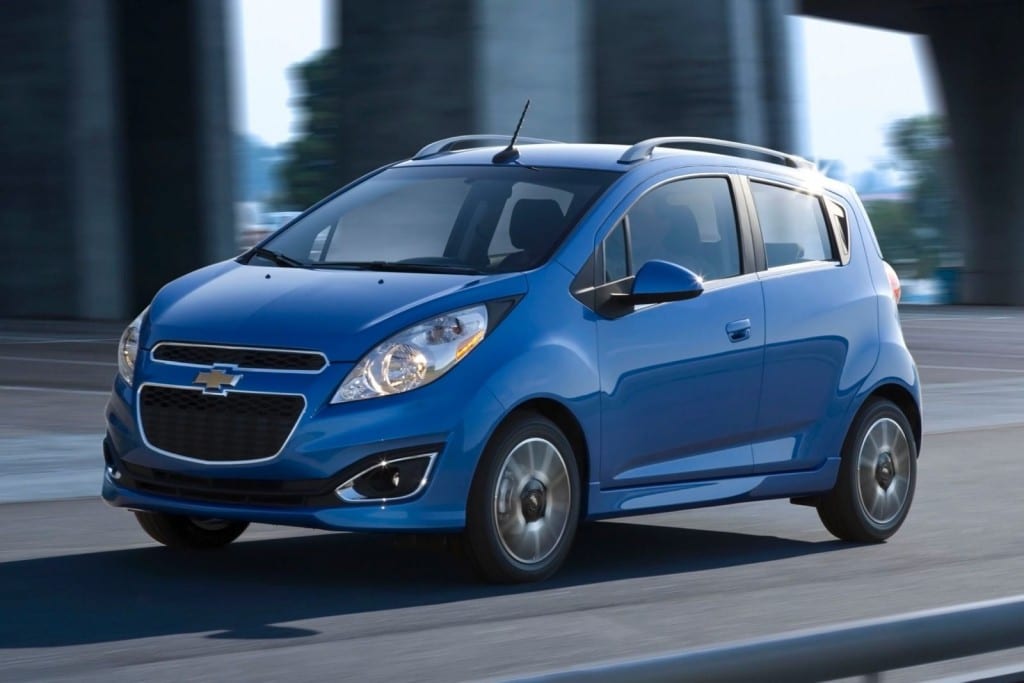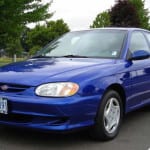Cars, though we love them, are actually a less than ideal investment because they depreciate the moment you drive them off the lot.
This means as soon you turn that key in the ignition, your new car is worth less than it was before you ever got behind the wheel, a fact that holds true for every make and model on the market.
You can’t rely on a car’s sticker price to reflect the true cost of ownership either.
When you’re shopping for cars, it’s important to keep a few factors in mind to help you anticipate the real costs associated with a new car purchase, and maintenance is one of the most important.
Whether it’s a cheap oil change, or heftier out-of-pocket expenses like insurance and state fees, there are some tips and tricks to help you determine which cars actually cost the least to maintain.
Understanding the Five-Year Cost to Own
When it comes to purchasing a car, unfortunately, it’s not enough to simply compare the purchase price between one car over another.
The MSRP, or manufacturer’s suggested retail price, represents your minimal financial obligation.
Generally, the MSRP is established by the base model of any vehicle. So, depending on the trim level or package options available, the actual purchase price might be significantly higher.
Other expenses must be taken into consideration, particularly those that will come directly out of your pocket.
Breaking Down Out of Pocket Expenses
Out of pocket expenses include: fuel, state fees, financing, repairs, insurance, and maintenance costs.
If you review these expenses for a car driven 15,000 miles per year, you get a sense of each one’s impact on what your car will ultimately cost you, overall.
Fuel expenses represent 26% of the money spent maintaining your car and are determined by using the U.S. EPA mileage listed for every car. No matter what the make, model, or style, your car’s mileage data represents 45% highway and 55% city driving.
State fees take up 6% of your car’s overall cost, including the taxes, licensing, and regulations expenses, a percentage determined by taking the average of new-car sales per state, the car’s Fair Purchase Price, or MSRP if Fair Purchase Price isn’t available, as well as a 1.06% average state sales tax.
Based on a driver with Tier I or Tier II credit who makes a 10% down payment on a five-year loan at 2.48% APR, financing accounts for 6% of ownership costs.
Repairs, based on a $0 deductible extended warranty covering the car for the first five years of ownership, make up an average of 4% ownership costs.
For a consumer with a clean driving record, insurance costs, including collision, liability, and personal injury protection, represents 9% of expenses associated with car ownership and maintenance.
Basic maintenance costs, averaging 5%, are defined by money spent to follow the manufacturer’s service schedule is based on national average labor costs, and any necessary replacement parts or service items.
In addition to these expected out-of-pocket expenses, it’s important to evaluate your car’s depreciation.
What is Depreciation?
Your car’s depreciation simply refers to how much of its value it is expected to retain after you have owned it for five years.
Basically, it is the price that you paid for the vehicle subtracted from what it will be worth in five year’s time.
Keeping in mind that cars depreciate, on average, by 44%, you can calculate your car’s 5-Year Cost to Own.
Do the Math
Or let Kelley Blue Book do it for you.
Yeah, that sounds like a better idea.
Leave the math to the experts. After all, car shopping is tough enough.
Consider this example that the valuation professionals at KBB developed, which clearly and effectively lays out the true costs and value of two sedans with the same sticker price.
They took two sedans and labeled them Sedan A and Sedan B.
Both cost $19,272, but we know there’s more to the story than that.
Sedan A’s five-year out of pocket expenses amount to $22,633, while Sedan B’s are quite higher, totaling $23,965.
Depreciation amounts to $13,365 for Sedan A and $14,403 for Sedan B.
Let’s set it up like a math equation:
5-Year Cost to Own Sedan A: $22,633 (purchase price and out of pocket expenses) + $13.365 (depreciation) = $35,998
5-Year Cost to Own Sedan B: $23,965 (purchase price and out of pocket expenses) + $14,403 (depreciation) = $38,368
Ultimately, Sedan A will cost less to own and maintain by a few thousand dollars.
Depending on the car you might have chosen between the two, that’s either a great savings or an unnecessary expense.
Discern the Differences
This is an excellent example in the case of two cars with the exact same MSRP.
But, it’s not always that easy when you’re evaluating cars which have a different sticker price.
In fact, it can be downright deceiving.
Oftentimes, the cheaper of the two cars will end up costing the most to own, for a variety of reasons including repairs, taxes, and fuel economy.
Car shopping can be quite daunting to begin with, but trying to predict the total cost of ownership, or TCO, as Edmunds defines it, can make the process even more complicated.
But you don’t have to go it alone.
Fortunately, there are resources available to you, like the Edmunds TCO engine or Kelley Blue Book’s Compare Your Own feature.
Either one offers a quick and easy method for inputting your desired car’s information and determining just how much that desire will actually cost you over time.
Both make comparison shopping much easier by keeping the analysis strictly numbers-driven.
Not always easy to do if you’re distracted by bells and whistles, and who isn’t when it comes to new cars?
Shop Around
There are plenty of cars available that will not break the bank when it comes to maintenance.
Now that you know how the 5-Year Cost to Own is calculated, check out these cars that the expert valuation team at Kelley Blue Book determined are among the best deals in each class when it comes to performance and payout.
Not surprisingly, Chevy dominates.
In the subcompact class, the 2015 Chevrolet Spark LS hatchback ranks number one in 5-Year Cost to Own, totaling an estimated $25,197.
For full-size cars, the 2015 Chevy Impala LS is best-in-class with a total 5-Year Cost to Own of $42,019.
The 2015 Chevy Traverse LS is among the best in its full-size SUV/Crossover class with a 5-Year Cost to Own estimated at $43,728.
Chevy’s 2015 Camaro LS is ranked the second best performer for sports cars in the 5-Year Cost to Own analysis, coming in at $37,569.
When it comes to mid-size pickup trucks, the 2015 Chevy Colorado Extended Cab is among the top choices in its class, with total cost to own right at $32,708.
If you’re looking for a full-size pickup truck, you can’t do better than the 2014 Chevy Silverado 1500 Regular Cab Work Truck at a 5-Year Cost to Own of $35,783.
Finally, and perhaps not surprisingly given the Spark’s premium ranking, the 2015 Chevy Spark EV 1LT is the very best in the electric car class with total costs of ownership at $25,896.
Bear these figures and equations in mind the next time you find yourself in the market for a new car.
Remember, the sticker price is just the beginning of the story.
Get the true cost by looking ahead and, when possible, consulting the experts.
And if you are planning on scouting a new car, let the team at your Chevrolet dealership help you, “Find New Roads,” at a price you can afford.






